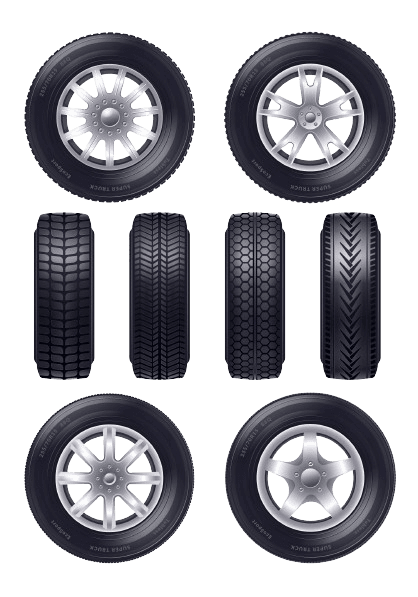
To file a non-fault accident claim, you need to present all your evidence to your claims handler. They will use this evidence to demonstrate that the accident wasn’t your fault and pursue a claim against the other driver’s insurance policy.
To effectively prove the car accident wasn’t your fault, it is crucial to choose a reliable and experienced claims handler. They will ensure your evidence is thoroughly reviewed and accurately presented to support your case.
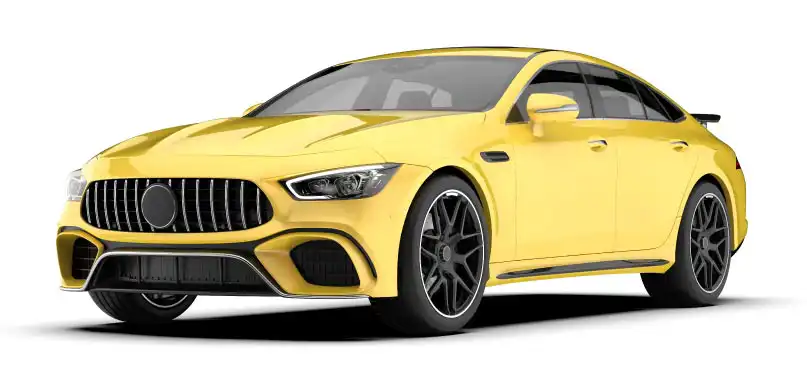
Remember: Car accidents can be complex, and proving that the accident wasn’t your fault can be challenging.
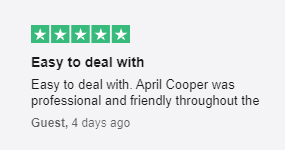

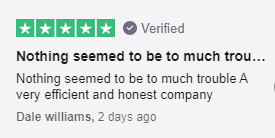
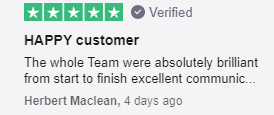

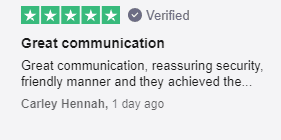
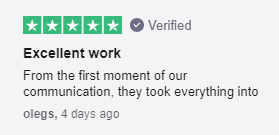

Showing our 4 & 5 star reviews
The type of accident doesn’t always determine fault, but understanding it can guide you in proving the accident wasn’t your fault and determining liability.
For expert guidance on proving a car accident wasn’t your fault, call us to speak with a non-fault accident specialist who can advise you on your next steps.
often occurring when one vehicle attempts to change lanes and makes contact with the adjacent car.
A T-bone accident, also known as a broadside collision, occurs when the front of one vehicle crashes into the side of another. These accidents commonly happen at intersections when a driver pulls out suddenly, runs a red light, or cuts off another vehicle while turning.
If you were involved in an accident where:
– Another driver pulled out in front of you
– Another driver ran a red light
– Another driver cut you off while turning
It’s likely that you were not at fault in these scenarios. However, fault isn’t always clear-cut. Gathering thorough information is crucial to substantiate your innocence.
A head-on collision occurs when two vehicles collide directly into each other, often when one vehicle attempts to pass another and enters the oncoming lane. These accidents are highly dangerous and can result in severe injuries or fatalities.
Fault in a head-on collision is typically determined based on factors such as:
– Unsafe passing maneuvers
– Inattentive or impaired driving
– Mobile phone usage
– Ignoring traffic signals or signs
– Disregarding weather and road conditions
– Driving under the influence
The specific rules of the road where the accident occurred and witness statements, if available, also play crucial roles in establishing fault.
Understanding the precise location and manner of the head-on collision is crucial. This allows for detailed analysis of road signs and signals to determine fault. If it’s determined that the other driver crossed into your lane, violating your right-of-way, they are likely at fault for the accident.
In most cases, the driver who rear-ends the vehicle ahead is considered at fault. However, there are exceptions. For instance, the driver ahead might be deemed responsible if they made an intentional or unnecessary stop, contributing to the accident.
To establish this, evidence and witness statements corroborating an intentional or unnecessary stop would be crucial.
The determination of rear-end accidents is often down to the driver behind not correctly paying attention or sticking to the highway code. These factors include:
Common Car Accident: Parking Lot Collisions A parking lot collision occurs within parking facilities and can result from factors such as negligence, driver error, limited visibility, or reckless behavior.
After an accident, it’s common to feel shocked and panicked. It can be challenging to think clearly and figure out what steps to take next.
However, once everyone is safe, understanding how to prove a car accident wasn’t your fault comes down to these key moments.
Here’s our guide of what to do after a car accident.
In order to prove that a car accident was not your fault, you will need to provide evidence that supports your claim. You also need to note down all of the correct information required.
Evidence and information should you collect:
Driver & Passenger’s Information: The other driver’s full name, address and insurance company. Plus, the same details for all passengers involved.
All Vehicle’s Involved Information: The make, model, colour, year and number plate of all cars involved in the accident.
Photo/Video Evidence: Photographs and videos that show the position and damage sustained to both your car and the third-party car. If you have a dashcam, save the footage. See if the other driver has a dashcam. Also, check for CCTV cameras in the area.
Driving, Weather & Road Conditions: Photographs and videos of the driving conditions: Lightening, rain, oil, road surface quality etc.
Date & Time: Note down the exact time and date of the accident.
Injuries: Any and all injuries of those involved.
Witnesses: Full witness details and comments. Collecting witness statements that can corroborate how the accident occurred may help you later in how to prove car accident wasn’t your fault.
How The Collision Happened: Photographs and videos showing the surrounding areas and where the collision took place. Additionally with the third-party driver, create a sketch of the accident and how it occurred. A visual display signed by the other driver will help avoid people changing their minds afterwards.
Useful Tip: When collecting your videos, commentate in them. You can identify any key points, giving your claims handler a better understanding of how it all happened. This can help you later in how to prove a car accident wasn’t your fault.
.
In order to prove that a car accident was not your fault, you will need to provide evidence that supports your claim. You also need to note down all of the correct information required.
Evidence and information should you collect:
Driver & Passenger’s Information: The other driver’s full name, address and insurance company. Plus, the same details for all passengers involved.
All Vehicle’s Involved Information: The make, model, colour, year and number plate of all cars involved in the accident.
Photo/Video Evidence: Photographs and videos that show the position and damage sustained to both your car and the third-party car. If you have a dashcam, save the footage. See if the other driver has a dashcam. Also, check for CCTV cameras in the area.
Driving, Weather & Road Conditions: Photographs and videos of the driving conditions: Lightening, rain, oil, road surface quality etc.
Date & Time: Note down the exact time and date of the accident.
Injuries: Any and all injuries of those involved.
Witnesses: Full witness details and comments. Collecting witness statements that can corroborate how the accident occurred may help you later in how to prove car accident wasn’t your fault.
How The Collision Happened: Photographs and videos showing the surrounding areas and where the collision took place. Additionally with the third-party driver, create a sketch of the accident and how it occurred. A visual display signed by the other driver will help avoid people changing their minds afterwards.
Useful Tip: When collecting your videos, commentate in them. You can identify any key points, giving your claims handler a better understanding of how it all happened. This can help you later in how to prove a car accident wasn’t your fault.
.EXCELLENT on Trustpilot
and FCA Regulated.
Your no claims bonus won't be affected
Receive a comparable vehicle.leo.
Dedicated claims handler
Avoid paying your insurance excess
24/7 Nationwide recovery & storage.
ngineers and Access to a national repair network.


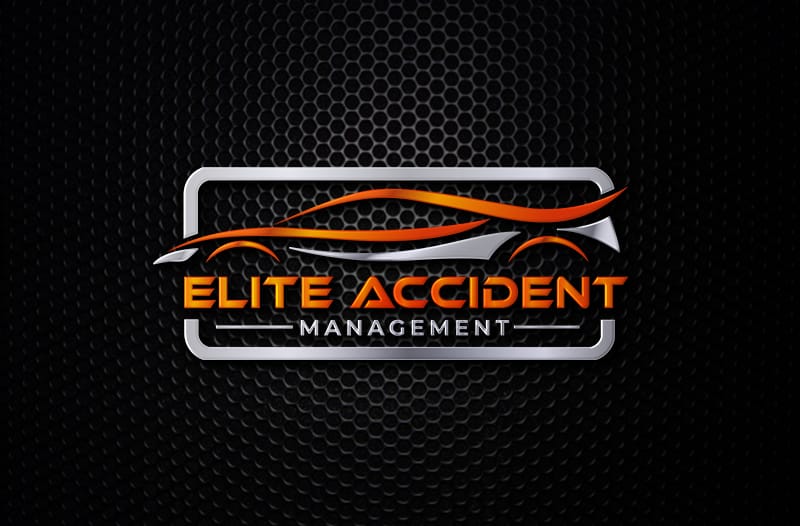
Elit Accident Management(ECM)
122A new road side
horsforth
leeds
ls18 4qb
Registered: 06852246
FCA Regulated: FRN830899
Copyright ⓒ 2024 | Auto Claims Assist Ltd (ACA) | Website by DISRUPT.
Privacy Policy | Cookie Policy | Terms & Conditions | Site Map | Locations